The fuel filler neck in my bus was cracked, split, and leaking gas and fumes everywhere. It was particularly bad whenever I took a turn, if I had more than half a tank I'd leave a trail of gas behind me. Not good, considering the hot exhaust and everything is just below.
It's a complete and total pain in the ass, but it can be done with motor in place. Take off the fuel cap and unscrew the metal ring that holds the cap in place. This will free the elbow from the outside. Remove as much as you can first off the top of the engine, on a fuel injected Type IV that is mostly just the air box, S-boot, decel valve, and some hoses. Carefully peel back the foam engine seal (you do have one, don't you?) without tearing it. Disconnect the voltage regulator and series resistors that are mounted on the firewall. Now you can unscrew the firewall. There are two screws you have to remove through the underside of the bus first that's easy to forget.
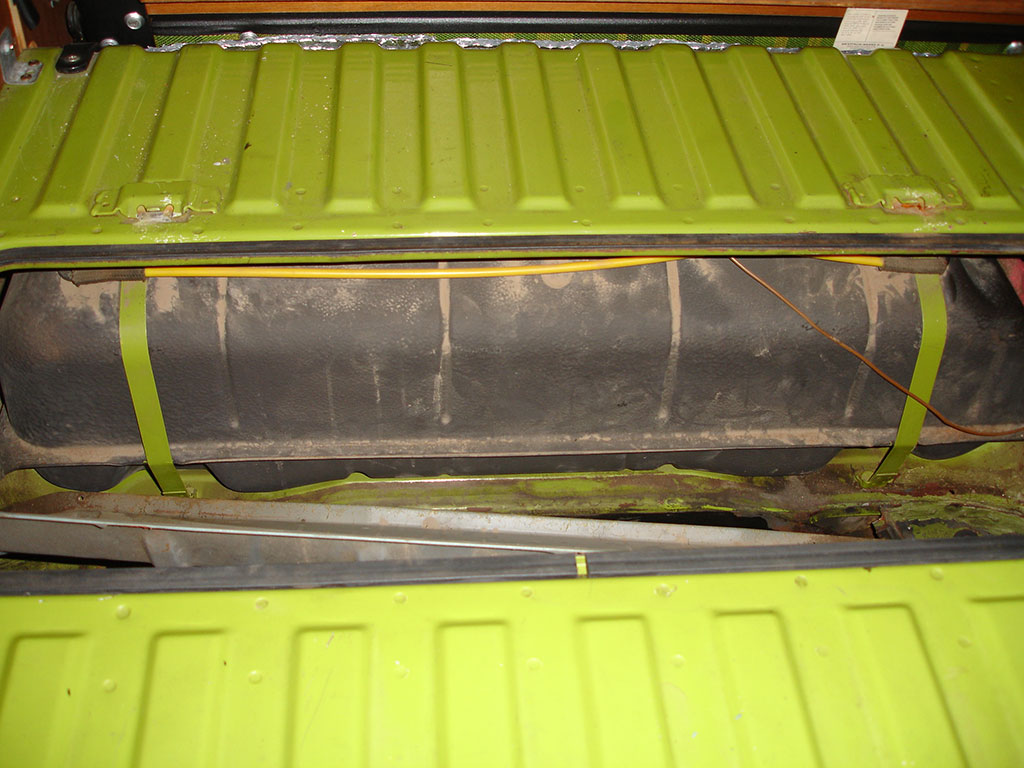
With the firewall peeled back you also need to get the pie plate off, it pries off with a flat blade screwdriver. Disconnect the ECU next to the battery and remove the two bolts (10mm) holding it in place. It should just pull out.
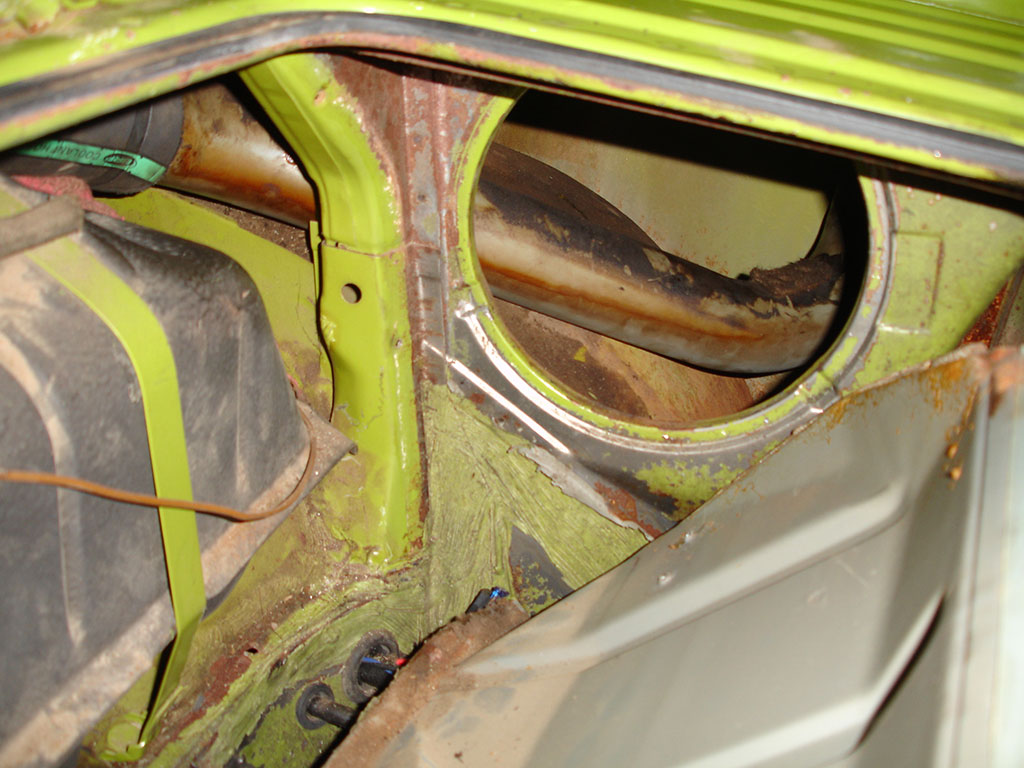
Now you can access the filler neck and elbow through the firewall and pie plate. I was able to loosen the hose clamps connecting the larger rubber neck to the fuel tank enough so that I could push the elbow in from the outside, loosen the clamp and remove it.
That's a bad split. No wonder I was leaking fuel.
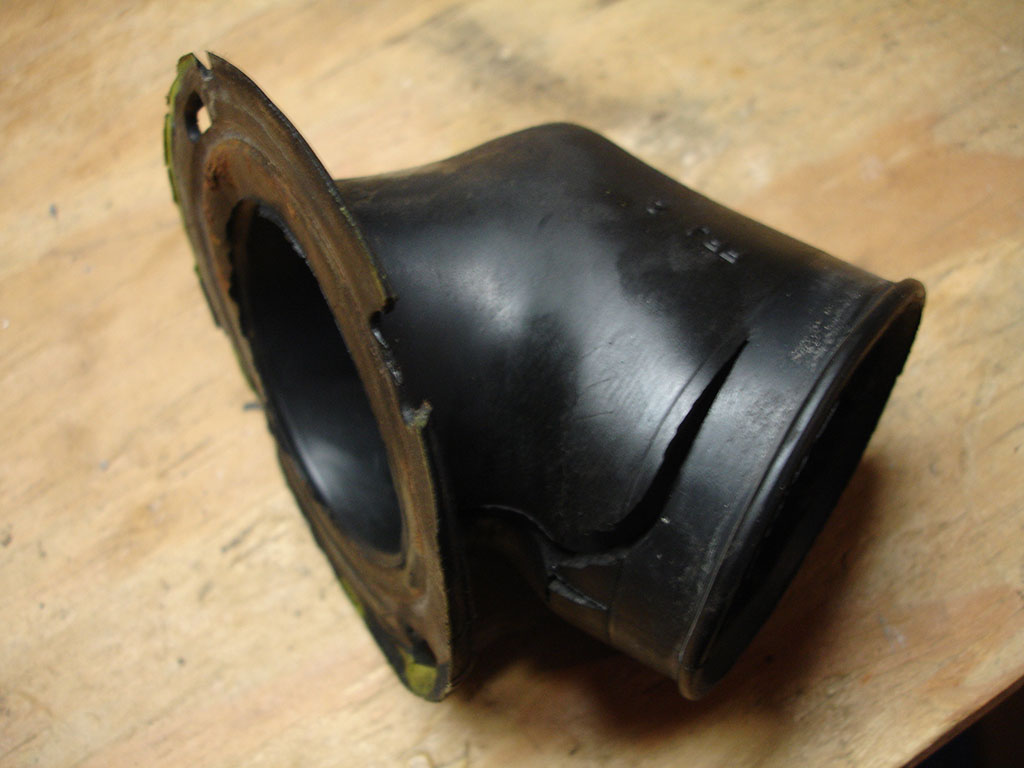
I got a
replacement filler neck from
Bus Depot, but instead of an original VW/Audi part I got a poor reproduction. It wasn't as good quality and it smelled funny, like cheap rubber usually does.
Original on the right vs. reproduction on the left.
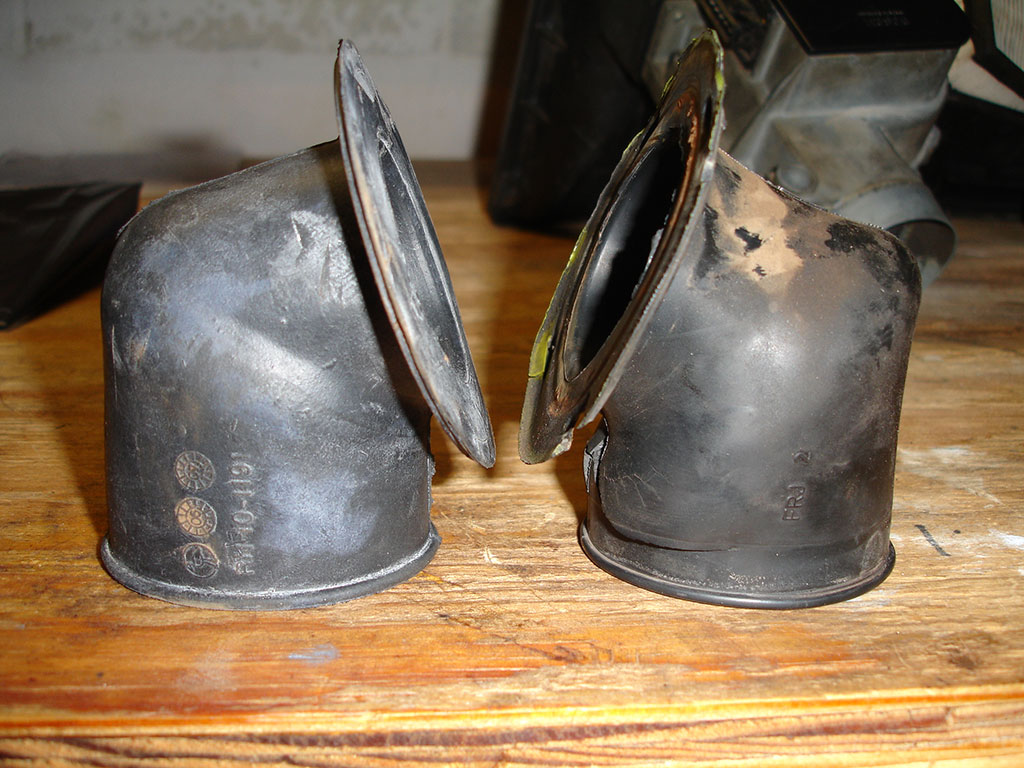
Still, it seemed to fit ok so here we go. Having the other clamps loose helps with being able to move it into place easier. I tightened the hose clamp first before fitting it because once it's up inside the opening, there's no room to get a screwdriver in there. Once it was in place I re-attached the metal ring on the outside. Then it was just a matter of fitting everything back in place and tightening it all down.
While I was behind the firewall, I also replaced the vent hoses. The old ones were brittle and ready to break.
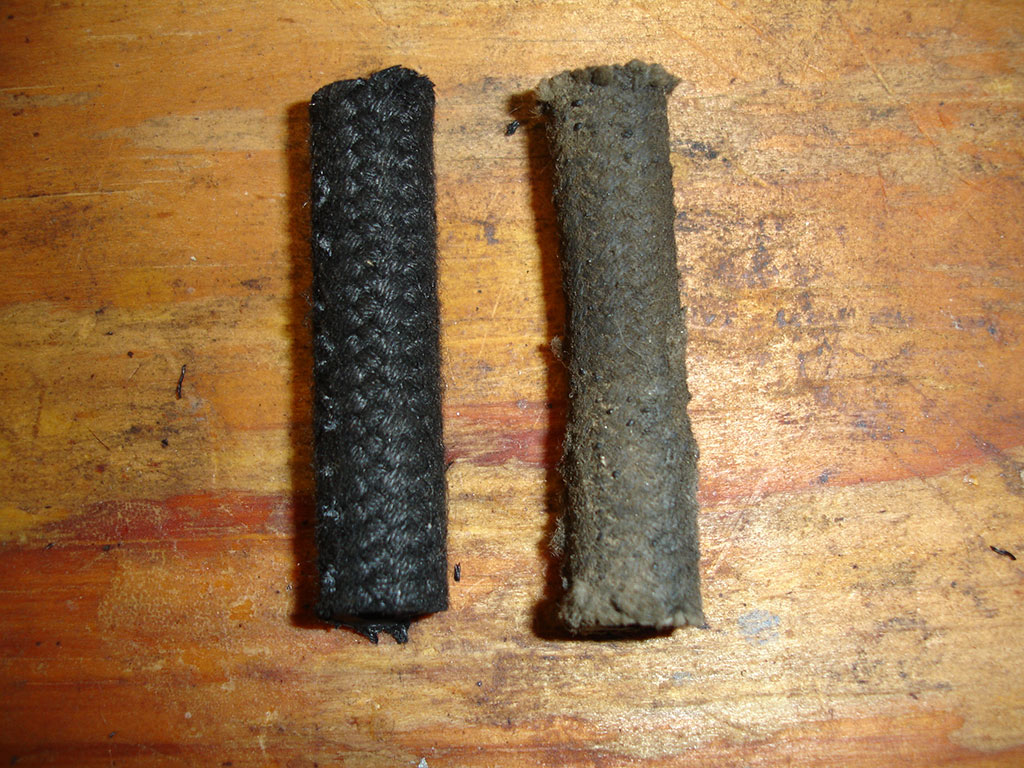
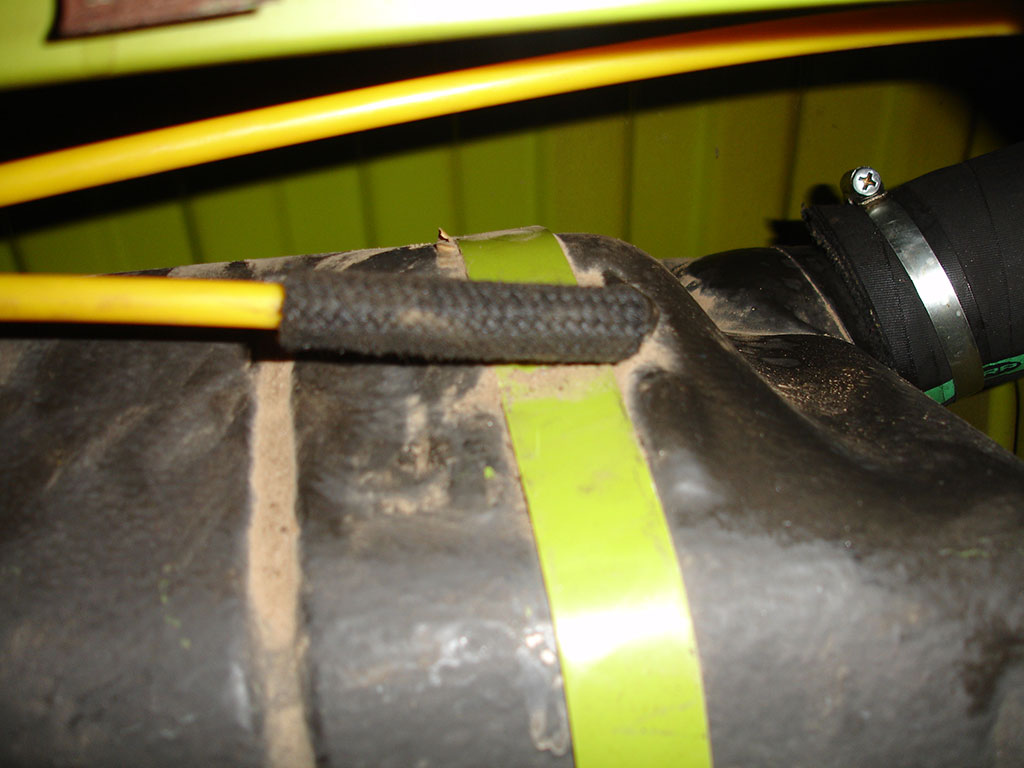
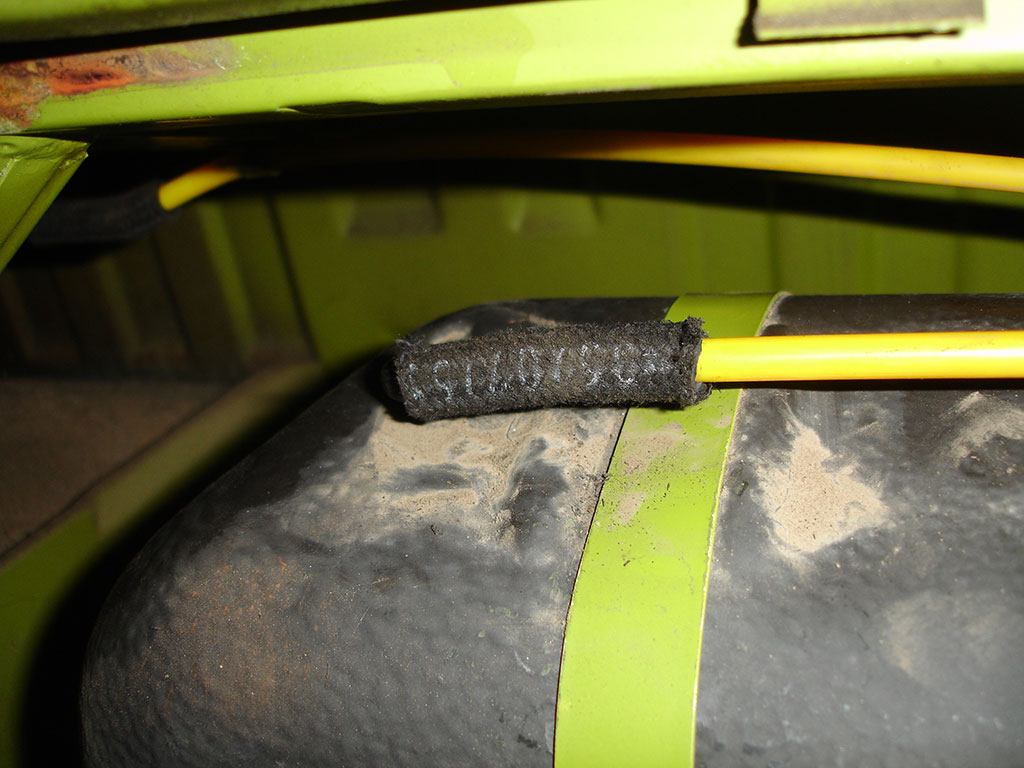
Here you can see the rubber neck going into the fuel tank. It's NLA, so your best bet is to get a piece of generic hose cut to fit. This one is a coolant hose from the parts store. It's been on for several years and has held up pretty well.
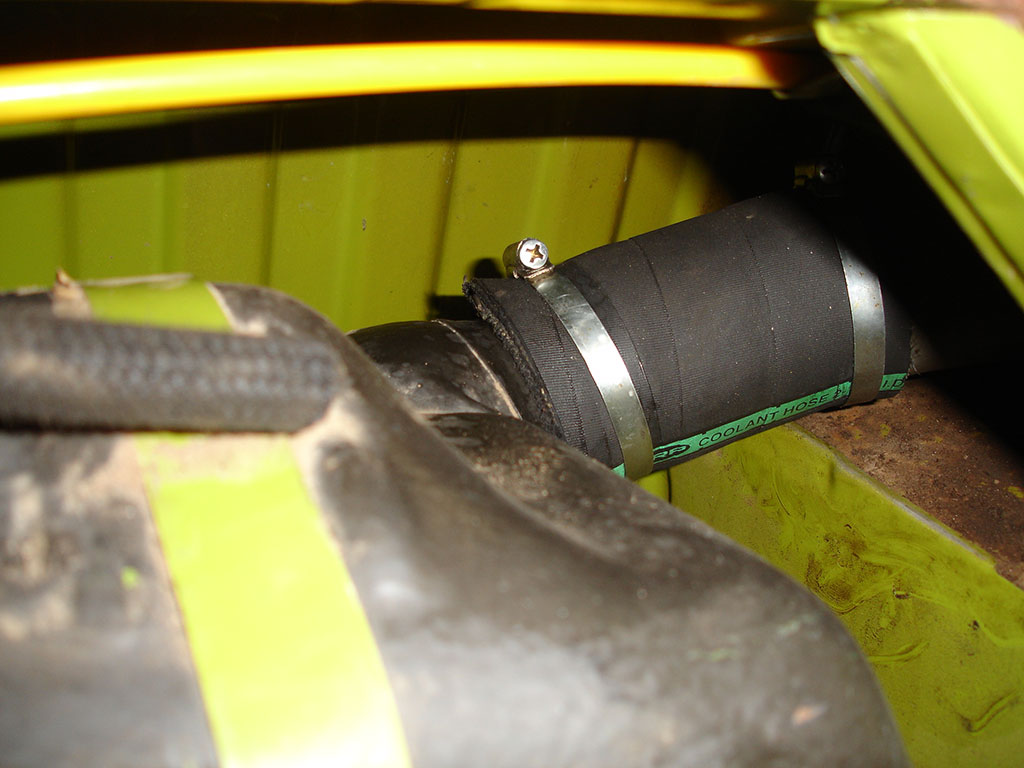
Well there you go. This was the last piece of original rubber in my fuel system, I'll sleep a little easier now that it's all replaced. Every old car probably has brittle old fuel lines and rubber ready to burst, change them out and avoid a fire. On a bus this particular job is a total pain in the ass (did I mention that?) but a necessary one.